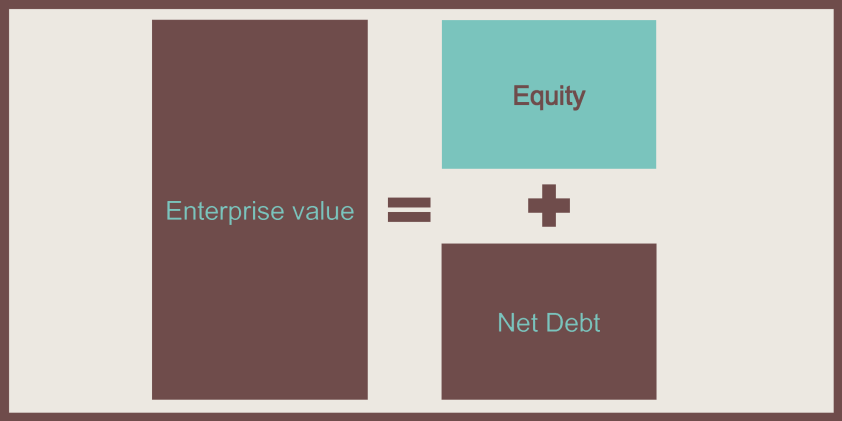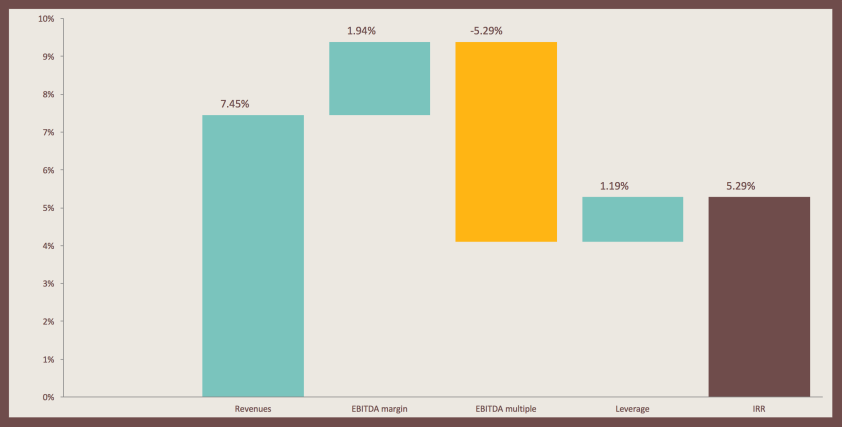“All the restaurants we like shut down! It must be a curse”, a friend of mine recently told me, after lamenting the closing of yet another one (the 4th to be exact) of the eateries she had visited. Not believing in curses, but having a firm belief in data (and in dragons, but that’s not relevant now), I decided to dig a little deeper.
As usual, in these circumstances, the Office for National Statistics comes to the rescue, with its “Business Demography” dataset. The data looks at enterprise birth, deaths and survival numbers and rates in the UK, both by sector and by region. Having gotten hold of the data, I got a bit carried away in the analysis. Here is what I found out.
I don’t want to end up bankrupt. Should I open a restaurant or an IT services firm?

Definitely an IT services firm. Looking at macro sector groups, IT and Healthcare are the sectors with the highest survival rate, while Business admin and support and Food services (including restaurants) take the cake for being the riskiest.
While the average survival rate for 1 year old businesses is about 90%, this drops to a little over 40 by the time they get to be 5 years old. The drop is valid across the board. For a manufacturer, we would expect the first couple of years to be tougher, meaning steeper lines for the first data points, and later the survival rate would improve as the business becomes more established. This does not appear to be the case.
Do things get better or worse?


Some sectors start up pretty good, that is, with a high survivorship rate. However, as the years go by, the rate drops dramatically. On the contrary, other sectors are more stable: given a failure rate, it tends to or vary less across time. In particular, it appears that sectors that start with higher failure rates tend to be more stable. For example, insurance and pension funding has a high failure rate, however there is only a 25% difference between the average survival rate in year 1 (41%) and year 5 (17%). Contrast this with landscaping businesses: the failure rate is only 7.5% for 1 year old businesses, but increases dramatically to 71% by year 5, a difference of 65 points. It is interesting to note that the sectors where the survivorship rate tends to drop the most also tend to be quite resilient in the first couple of years, plummeting thereafter, while sectors that are more “stable” tend to have higher failure rates to start with. In summary, you will have a much rockier ride with sectors in the second chart. And guess who is featured prominently in the second chart? Restaurants and food services!
Easier to open, easier to fail?

If it very easy to open a business, if there are few entrance barriers to a sector, we would expect it to fail more easily. I decided to test this by regressing average survivorship rates against number of births during the period. Analysing the relationship on a group, sector and subsector level and aggregated both across years and year by year, the regression showed that sectors with more “births” had indeed a higher failure rate, however the explanatory power of the relationship was very low (4% R^2 on average). If we have a look at the graph, we can see that indeed the relationship does not seem to hold: if ease of opening were correlated with survival rate, we would see more smaller bubbles towards to top right hand corner of the chart (size of the bubble = births of enterprises in the sector across the time period). However this does not seem to be the case.

If we zoom in towards the top (see above chart) this is even clearer. In summary, there appears to be no correlation between number of businesses and survival rates. At least in this dataset. So, in spite of restaurants being the 5th most popular business to open (they come after management consultants (!), business support services, computer programming and technical and scientific activities), there is no evidence to conclude this would make them more prone to failure.
So what about that curse?
Granular data on failure rates by type or restaurant, whether or not it belongs to a franchise or where it is located is not readily available, meaning we’ll have to make do with what data we have. And a healthy dose of approximation.

- Restaurants in general tend to fail at an overall higher rate than the average businesses; however the discrepancy is not much. Moreover, eateries tend to survive more during the first years compared to the average business (see chart above).
- Businesses in London tend to have a lower survival rate compared to the national average by about 2%, and that is constant throughout the sample years.
- According to ONS data, an average Briton eats out at least once a week, but the average Londoners eat out more, although they do not necessarily go to a different restaurant every time they eat out.
- Given the stock and the number of new restaurants opening every year, we can calculate that about 15% of the existing stock opens every year .
- Given that people have a tendency to try out new places, we can assume that the probability of visiting a restaurant younger than 5 years is higher than mere random chance.
- Using the data, and extrapolating, I assume the failure rate to be marginally decreasing in time.

Based on these calculations, the total failure rate within a year for all restaurants is about 12%. As my restaurant aficionado friend eat out quite often (I myself only go out to get ice cream), I can safely assume they have visited 50 restaurants over a year. This would get us a total of 5.5 restaurants failures within the ones they visited. So no, it is not a curse, it is just business (and failure) as usual.
Notes and caveats:
- All data sourced from the ONS, here, analysis by yours truly.
- The data only covers the period from 2010 to 2015, so conclusions could not be universally applicable. In addition, this means that, while I have 5 data points to calculate averages for 1 year survival rates (2010 to 2015), I can only use one data point for the 5 year survival rate (2010). This may skew the analysis, if for example the failure rate for businesses started in 2010 was considerably higher than in later years. This is what happens with the insurance sector for example.
- I excluded subsectors where the number of enterprises founded over the 5 year period covered by the data is lower than 500 (I thus excluded roughly the bottom 15%, 11 subsectors out of 81). The threshold is to achieve significance in the survivorship rates.
- If anybody knows of a dataset that breaks down the failure rate by type of restaurant, please let me know, because otherwise I will be forever haunted by requests coming from a certain friend to find it and come up with a “proper” analysis.































